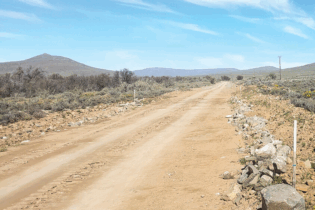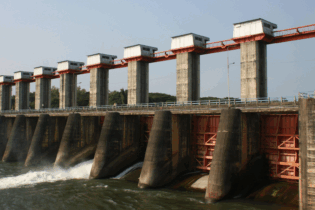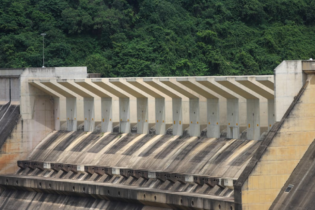If we are to deliver the type of cities that we talk about in our Growth and Development Strategies (GDSs), cities that are liveable, inclusive, sustainable, and resilient, then we need to take a step back and take a critical look at the current form of spatial planning and infrastructure provision we are perpetuating.
By Liteboho Makhele* If we are to juxtapose the envisaged outcomes of our GDSs with the guaranteed outcomes of the current land-use patterns and infrastructure provision that we so heavily rely on and continually invest in, the picture that emerges is one of stark contrasts and contradictions that cannot be ignored, or rather ignored at our own peril. Integrating green into spatial planning Green infrastructure can be the lens that is used to begin to bring into focus these contrasting visions and help us take steps to align green infrastructure into mainstream spatial planning and infrastructure provision approaches. However, integrating green infrastructure into spatial planning in city contexts where land-use decision-making must address the demand for housing, water and sanitation, transport and other infrastructure services is a huge challenge, but so is the opportunity of restoring and regenerating urban ecosystems as an integral part of infrastructure investment, increasing resilience and adapting cities to climate change impacts. Nature has systemically been engineered out of and removed from the urban fabric and what remains are hard, lifeless concrete jungles. This makes cities more vulnerable to the impacts of climate change – floods, and droughts and to all the cascading effects that follow e.g. damage to urban infrastructure, impacts on health, etc. Now there are movements and initiatives for re-wilding the city, bringing nature back, and the UN Decade on Ecosystem Restoration is a rallying call for the protection and revival of ecosystems all around the world, for the benefit of people and nature. Launched in June this year it runs from 2021 to 2030, which is also the deadline for the Sustainable Development Goals and the timeline that scientists have identified as the last chance to prevent catastrophic climate change. Putting green on the urban policy agenda It is against this backdrop that South African cities urgently need to invest differently in urban infrastructure and place green infrastructure firmly on the local urban policy agenda as a critical and essential climate change adaptation measure. The Integrated Urban Development Framework (IUDF) is intended to address the unique conditions and challenges facing South Africa’s cities and towns, by advocating effective management of urbanisation, and is underpinned by a growth model of compact, connected and coordinated urban areas driven by integrated infrastructure investments. The benefits of green infrastructure not only address the impacts of climate change, which poses threats to food security, water resources, infrastructure, biodiversity, health and ecosystem services, but also covers the economic and governance aspects of climate adaptation.Unprecedented risks ahead
The Intergovernmental Panel on Climate Change (IPCC) Six Working Group I Assessment Report released in August this year has been described as a ‘code red’ for humanity and makes it clear that climate change is widespread, rapid, intensifying and unprecedented. It calls for strong and drastic action to reduce greenhouse gas emissions. The outlook for Southern Africa is bleak. The climate will become drier with more frequent and prolonged droughts, as it has been previously reported and reiterated that the region is warming at twice the global average. Added to this, South Africa is already water-stressed and the country’s water future is precarious. Across the country, we have experienced devastating droughts, the most noteworthy being the Day Zero disaster in Cape Town in 2018 and more recently in Gqeberha. The Green Opportunity Incorporating green infrastructure into current spatial planning approaches entails multi-disciplinary collaboration and planning. Further, there is a very real and tangible argument for the direct and indirect financial benefits of investing in green infrastructure, and which has direct benefits to municipalities including minimising the cost of maintenance, stormwater management, and pollution. Consider its economic benefits: on a household level, implementing green infrastructure approaches raises property prices while contributing to house-buyers preferences. It also increases personal well-being, requires lower maintenance costs than “grey” or hard infrastructure, and appreciates over time, compounding its benefits. On a neighborhood level, it enhances the competitiveness of the place, increases property market value, boosts retail sales and lowers stormwater costs, and helps reduce air pollution and emissions. Indirectly, it contributes to urban renewal and liveability, enhances well-being and stress relief, uplifts community cohesion, and establishes a sense of place while offering recreational value among its key benefits. Such benefits, based on the economic valuation of green spaces, could sensitive planners, policymakers, and the general public to realise the value in these areas. The UN Decade on Ecosystem Restoration estimates we have until 2030 to make fundamental changes to how we act as cities, and as human beings, to ensure we preserve our environment for generations to come. Time is limited, we need all stakeholders to come on board to understand that green is far more than just grass and trees; it is our future. *Liteboho Makhele is a Programmes Manager: Sustainable and Resilient Cities at SA Cities Network







